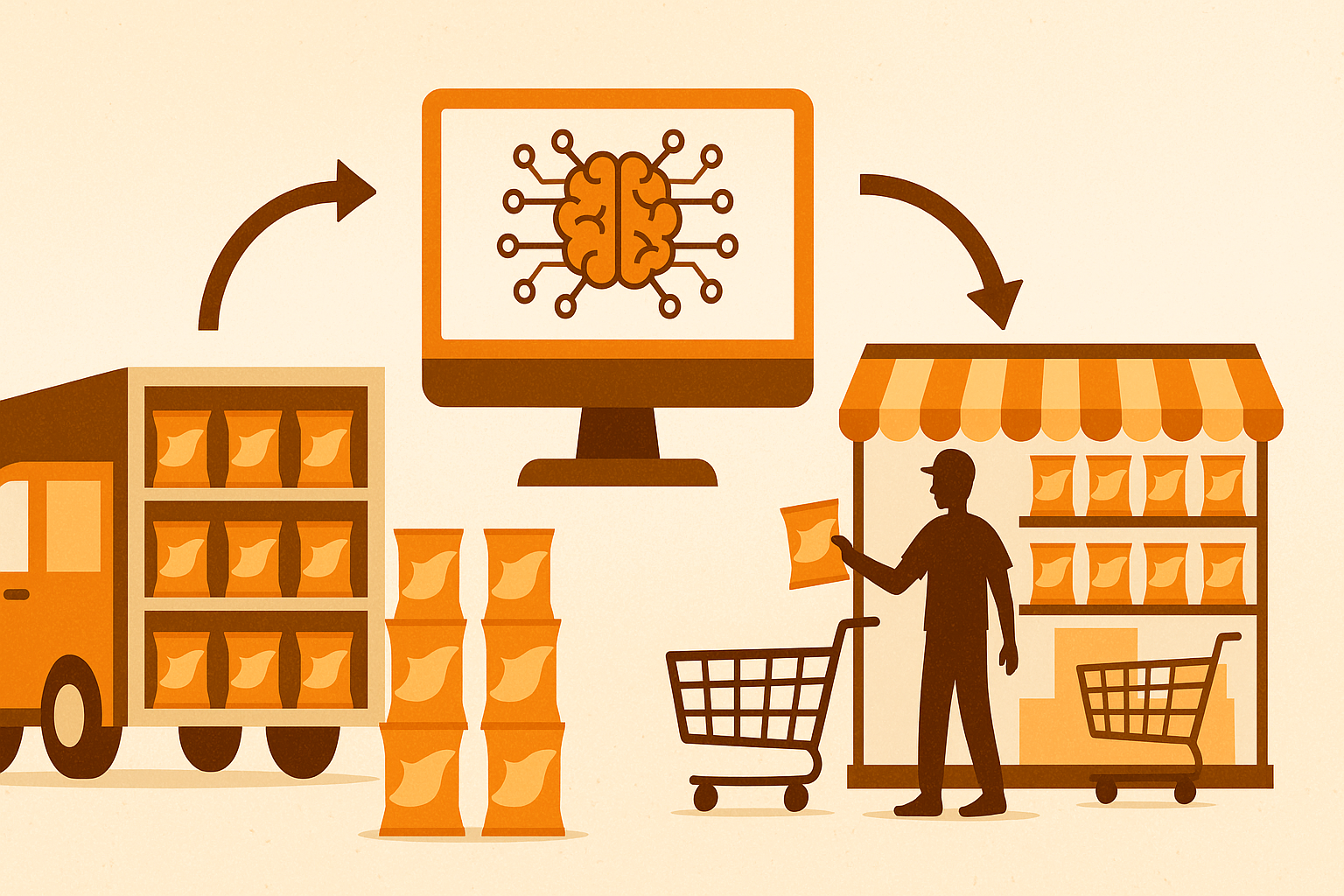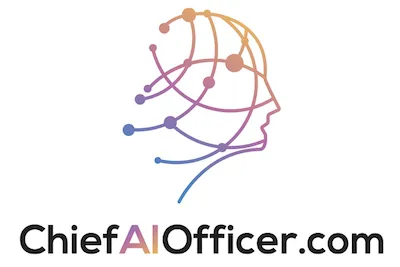Discover Why 90% of Your Marketing Budget May Be Wasted and How AI Can Fix It
The latest episode of Using AI at Work explores a critical challenge facing modern marketers: the inability to accurately measure which advertising channels actually drive sales. Host Chris Daigle speaks with Jeff Greenfield, CEO of Provalytics, about how AI-powered attribution modeling is revolutionizing marketing measurement and helping businesses discover that up to 90% of their ad spend may be completely wasted.
The Attribution Crisis in Modern Marketing
Greenfield’s journey into marketing attribution began with a painful discovery. While managing media buying for a publicly traded weight loss company in 2007, he uncovered a startling problem: six different advertising partners were all claiming credit for the same sales. Each partner was running cost-per-acquisition campaigns, meaning they only got paid when they delivered a customer. However, their tracking pixels all fired on the same thank-you page, resulting in the company paying six times more in commissions than warranted.
This experience led Greenfield to build C3 Metrics, one of the first multi-touch attribution companies, which he successfully exited in 2019. The evolution of privacy regulations, iOS tracking changes, and platform restrictions convinced him that the industry needed a fundamentally different approach to measurement.
Beyond Last-Click Attribution
The core issue plaguing digital marketing is an over-reliance on last-click attribution models. Greenfield illustrates this with a simple example: a customer sees a compelling video ad for a revolutionary hose on Facebook, watches it again on Instagram the next day, then searches for the product on Google a week later when their current hose breaks.
Traditional analytics platforms like Google Analytics only see the Google search that led to the purchase, completely ignoring the awareness-building activities on Facebook and Instagram. This leads marketers to conclude incorrectly that Google is their only effective channel, prompting them to cut spending on upper-funnel activities that actually drive the awareness enabling those Google searches.
The result is a systematic misallocation of advertising dollars toward bottom-funnel activities, creating intense competition and rising costs while starving the awareness-building campaigns that make those conversions possible.
The Impressions Revolution
Provalytics’ approach represents a fundamental shift from click-based to impression-based measurement. Greenfield explains that before digital marketing existed, all advertising measurement was impression-based because clicks didn’t exist. Television, radio, and print advertising success was measured through statistical analysis of ad impressions and their correlation with business outcomes.
Digital marketing’s ability to track clicks created an illusion of precision that actually led marketers astray. The key insight is that businesses buy ad impressions to create mental impressions – awareness of their products or services in potential customers’ minds. Clicks are merely a downstream effect of that awareness, not the primary driver of purchase decisions.
For practical implementation, Greenfield recommends a simple exercise: create a spreadsheet with date, impressions, clicks, and sales columns for at least one year of data. Graph the impressions over time and look for patterns between impression volume and subsequent click/sales activity, accounting for the delay between awareness creation and purchase behavior.
The AI-Powered Solution
Provalytics leverages machine learning and advanced statistical modeling to analyze these impression-to-conversion patterns at scale across multiple channels and extended time periods. The platform doesn’t rely on generative AI but rather uses sophisticated mathematical models to identify the true drivers of customer acquisition.
The system accounts for the fact that different products and industries have vastly different “time to conversion” periods. Automobile purchases, for example, typically involve a nine-month research period before purchase, requiring marketers to think strategically about when to introduce their brand into the customer journey.
By analyzing impression patterns across all marketing channels and correlating them with downstream conversion activity, the AI can identify which campaigns truly drive awareness and which merely capture existing demand.
Real-World Impact and Industry Insights
Clients typically see 25-50% improvements in key metrics when implementing proper attribution modeling. More significantly, many discover that 80-90% of their current advertising spend is either wasted or actively losing money. This isn’t due to poor marketing execution but rather following guidance from major platforms that profit from increased spending regardless of advertiser outcomes.
Greenfield observes several key trends emerging from their client data:
Non-Click Digital Channels: Connected television, streaming video, podcasting, and influencer marketing are gaining prominence as marketers recognize their awareness-building value.
Digital Out-of-Home: Billboard advertising has been revolutionized by digital displays that can be activated instantly across geographic markets, providing the credibility benefits of traditional outdoor advertising with digital targeting precision.
Multi-Platform E-commerce: Modern brands sell across websites, Amazon, Walmart, Target, CVS, and other platforms, making attribution extremely complex since customers research products through advertising but purchase wherever convenient.
Privacy-First Measurement
The evolution toward privacy-first marketing has actually strengthened platforms like LinkedIn, which require explicit user consent and identity verification. This creates higher-quality targeting data compared to the cookie-based tracking systems that privacy regulations have largely eliminated.
Greenfield notes that the most valuable marketing platforms now are those with authenticated user bases who have explicitly consented to data usage, rather than platforms relying on behavioral tracking without permission.
Practical Implementation for Smaller Businesses
For businesses spending less than the $10-20 million annually required for enterprise attribution platforms, Greenfield offers a practical ChatGPT-based approach:
- Create a comprehensive spreadsheet with date, impressions, clicks, and sales data for at least one year
- Upload this data to ChatGPT along with the transcript from this podcast episode
- Ask ChatGPT to analyze impression patterns and identify dates worth examining based on the attribution principles discussed
- Use ChatGPT’s analysis to identify campaigns generating awareness versus those capturing existing demand
This approach democratizes sophisticated attribution analysis for smaller marketers who previously lacked access to enterprise-level measurement tools.
The Future of Marketing Measurement
Looking ahead, Greenfield predicts continued growth in impression-based channels that build awareness rather than capture existing demand. The key insight is that advertising’s primary function is generating attention and awareness, not generating clicks. Clicks are simply a measurable outcome of successful awareness building.
Successful marketers will increasingly focus on the emotional and unconscious aspects of branding rather than constant sales messaging. Brands that maintain awareness-building activities during economic disruptions historically gain market share from competitors who pull back to focus only on immediate conversion activities.
The companies that thrive will be those that understand the full customer journey from initial awareness through final purchase, optimizing their entire marketing mix rather than obsessing over the final click.
Ready to discover what percentage of your marketing budget is actually working? Listen to the full episode for detailed insights on implementing AI-powered attribution modeling and transforming your marketing measurement approach.




